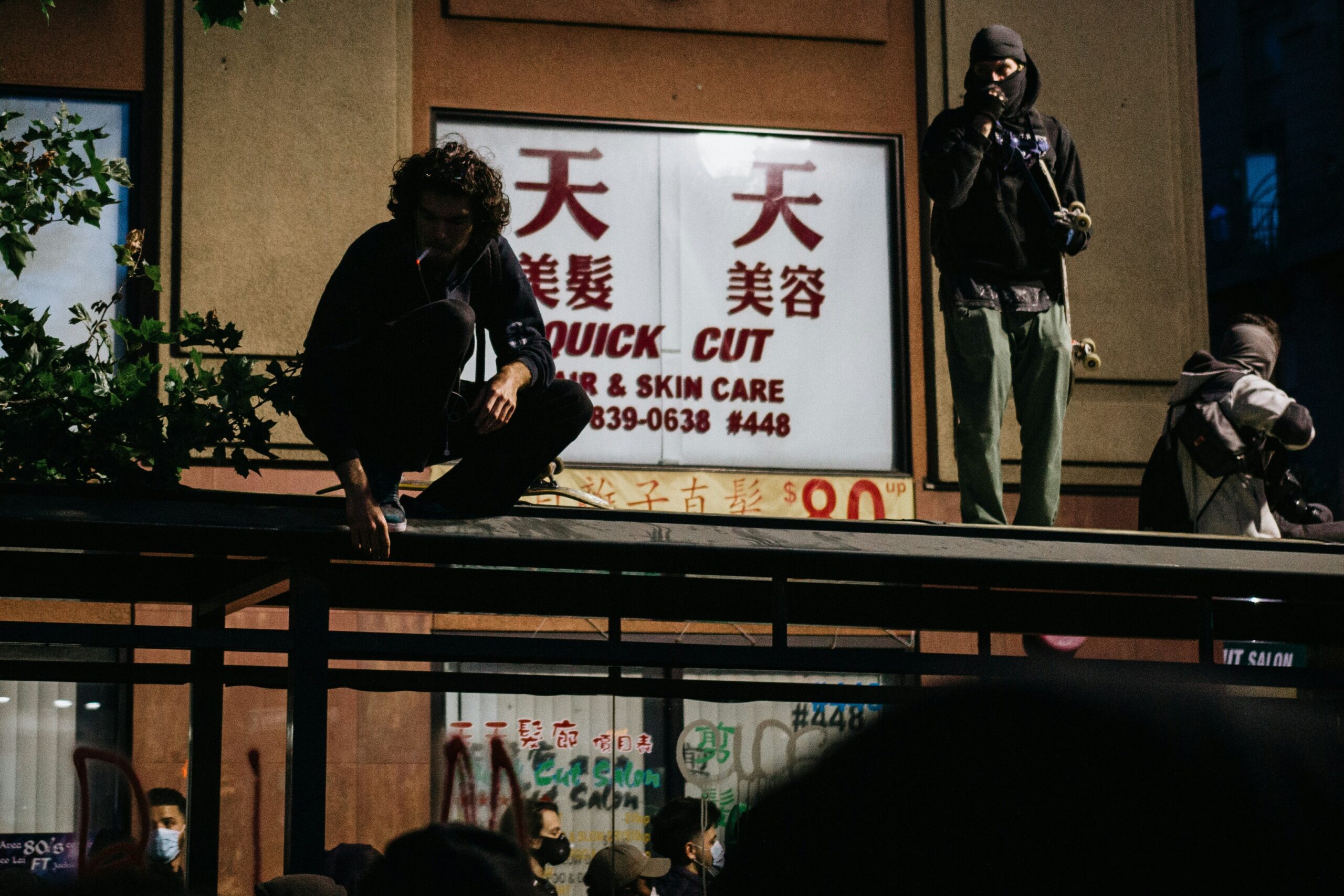Nestled in the heart of Japan’s rich cultural tapestry, Jyokyo stands out as a vibrant expression of artistry and tradition. This captivating form of music is deeply intertwined with Japan’s history, offering insight into the country’s past while shaping its future. With roots that reach back through centuries, Jyokyo embodies not just sound but also storytelling and emotion, resonating across generations.
As we embark on this journey to explore Jyokyo’s significance, prepare to uncover its historical origins and evolution. Discover how it has influenced modern musical landscapes while remaining a cherished aspect of Japanese culture today. Whether you’re an aficionado or new to this melodic world, understanding Jyokyo will enrich your appreciation for the nuances of Japanese heritage. Let’s dive deeper into what makes Jyokyo so special!
Historical origins and evolution of Jyokyo
Jyokyo’s roots can be traced back to ancient Japan, where it emerged from a rich tapestry of regional traditions. Initially, it was woven into the fabric of daily life, serving both practical and ceremonial purposes.
As time progressed, Jyokyo evolved through various social and political changes. The influence of Buddhism in the 6th century introduced new themes and instruments that shaped its soundscape.
By the Edo period (1603-1868), Jyokyo had begun to flourish as an art form. It became popular among different classes and spread across urban centers like Kyoto and Edo (now Tokyo).
Its adaptability allowed for collaborations with other musical styles, further enriching its complexity. Today, Jyokyo stands as a testament to Japan’s dynamic cultural history—its journey reflecting broader societal shifts throughout the centuries.
Characteristics and elements of Jyokyo music
Jyokyo music is a vibrant tapestry woven from diverse sounds and emotions. Its rhythms often reflect the natural world, evoking imagery of flowing rivers or rustling leaves.
Instrumentally, traditional Jyokyo features unique instruments like the shamisen and koto, each contributing distinct textures to the soundscape. Melodies are characterized by their intricate patterns, often shifting between major and minor scales, creating an engaging auditory experience.
Vocals in Jyokyo carry deep emotional weight. Singers utilize ornamentation techniques that enhance expressiveness. This interplay of voice and instrument draws listeners into a narrative—a hallmark of this genre.
Another element is improvisation, allowing artists to showcase their creativity live during performances. This spontaneous aspect makes every presentation unique and memorable.
The cultural significance behind lyrics cannot be overlooked either; they frequently explore themes of nature, love, loss, and spirituality—universal experiences that resonate across time and space.
Impact of Jyokyo on Japanese culture
Jyokyo has woven itself into the very fabric of Japanese culture, influencing various aspects from art to social gatherings. Its rhythms and melodies resonate deeply with traditional festivals, where music plays a crucial role in communal celebrations.
This genre of music reflects Japan’s rich history, often invoking nostalgia and reverence for nature. Many folk tales and regional stories find their voice through Jyokyo, preserving local legends and traditions that might otherwise fade away.
The aesthetic values inherent in Jyokyo also extend to contemporary art forms. Visual artists draw inspiration from its themes, creating pieces that echo the emotional depth found within the music.
Moreover, it fosters a sense of identity among communities, bridging generational gaps as elders share these sounds with younger generations. The result is an ongoing dialogue that keeps cultural heritage alive amid modernization trends in Japan today.
Influence of Jyokyo on other musical genres
Jyokyo’s influence stretches far beyond its traditional roots. It has woven itself into various musical genres, creating a rich tapestry of sound that resonates with many.
Genres such as J-Pop and rock have absorbed elements from Jyokyo. This fusion brings a unique flavor to contemporary music in Japan. Artists often incorporate traditional instruments like the shamisen, blending them effortlessly with modern beats.
Internationally, Jyokyo has sparked interest among musicians looking for authentic sounds. Collaborations between Western artists and Jyokyo performers have led to innovative cross-genre experiments.
Even within film scores and television dramas, you can hear the echoes of Jyokyo melodies enhancing emotional narratives. Its rhythmic patterns and lyrical storytelling offer a depth that captivates audiences worldwide.
This cultural exchange enriches both local traditions and global music scenes alike, showcasing how versatile Jyokyo truly is in today’s ever-evolving landscape.
Notable Jyokyo artists and their contributions
Several Jyokyo artists have made significant contributions to the music scene, each bringing their own flavor and style. One of the most renowned figures is Katsuji Matsumoto, known for blending traditional Jyokyo sounds with modern instrumentation. His innovative approach has attracted a younger audience while respecting heritage.
Another influential artist is Aiko Tanaka, celebrated for her powerful voice and emotional performances. She often incorporates storytelling into her music, captivating listeners with tales from Japanese folklore.
Then there’s Hiroshi Yamamoto, who focuses on preserving ancient techniques within his compositions. His commitment to authenticity has inspired many emerging Jyokyo musicians seeking to honor tradition.
These artists not only showcase the depth of Jyokyo but also push its boundaries. Their dedication ensures that this rich musical form continues to evolve while staying true to its roots.
Contemporary use and preservation of Jyokyo traditions
Jyokyo traditions are experiencing a vibrant revival in contemporary Japan. Young artists and cultural enthusiasts are embracing these age-old practices, infusing them with modern sensibilities.
Workshops and festivals showcase Jyokyo music, drawing crowds eager to learn about its roots. Universities even offer courses dedicated to the preservation of this unique genre.
Digital platforms play a significant role as well. Musicians share their interpretations online, reaching global audiences hungry for authentic sounds. Social media spreads awareness about Jyokyo’s rich history.
Collaborations between traditional artists and contemporary musicians create fresh sounds while honoring the past. This fusion highlights the adaptability of Jyokyo traditions in today’s fast-paced world.
Community organizations actively engage locals in preserving these customs through interactive events. Such efforts ensure that future generations will appreciate and celebrate the beauty of Jyokyo culture long into the future.
Conclusion: The enduring legacy of Jyokyo in Japan and beyond
Jyokyo stands as a testament to the rich tapestry of Japanese culture. Its roots run deep, tracing back through centuries of history and evolution. The distinctive characteristics and elements of Jyokyo music have not only shaped its own identity but also influenced various other genres across the globe.
Notable artists have emerged from this tradition, each contributing uniquely to its legacy. Their work serves as a bridge connecting past generations with contemporary audiences. Today, efforts to preserve Jyokyo traditions continue to thrive, ensuring that future generations can experience this remarkable cultural phenomenon.
The enduring impact of Jyokyo extends far beyond Japan’s shores. It resonates with people globally, highlighting the universal nature of music as an art form capable of transcending barriers. As we explore and celebrate Jyokyo, we embrace a piece of history that continues to inspire creativity and connection in diverse forms around the world.

